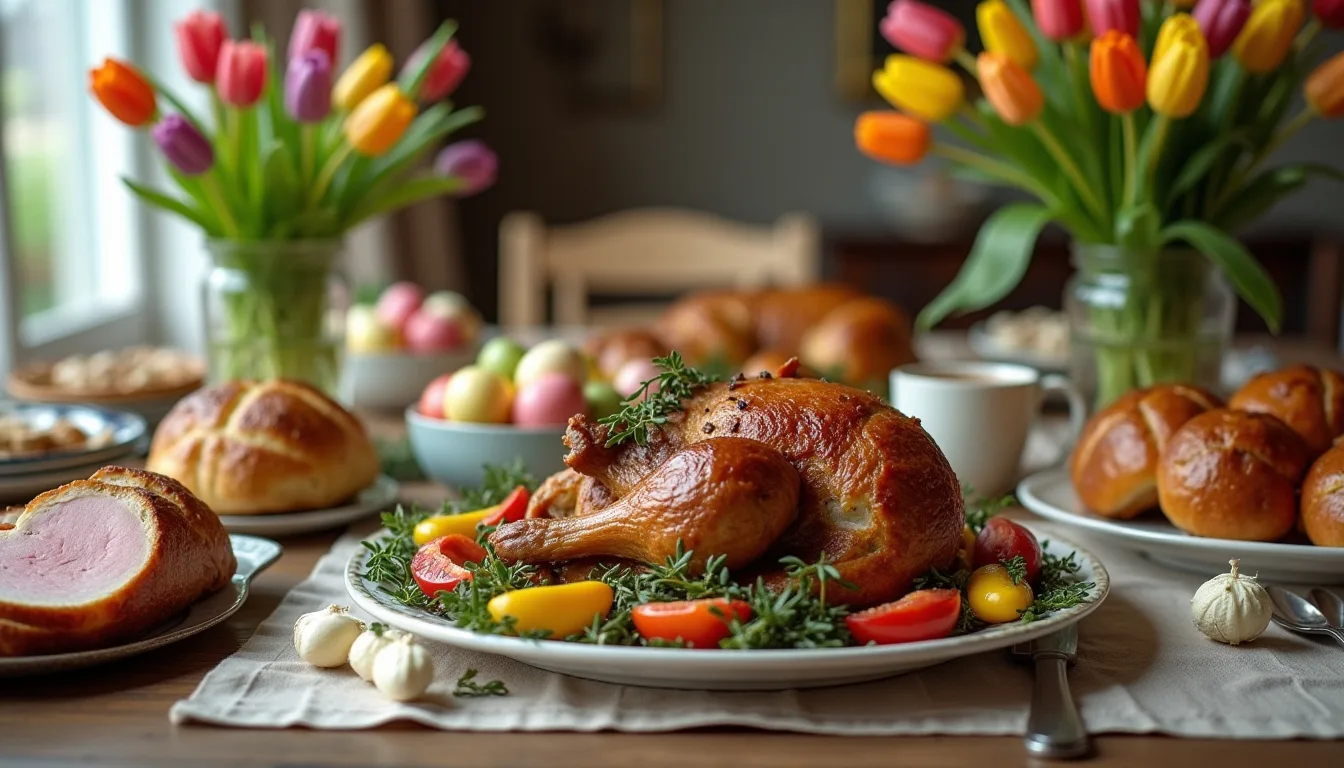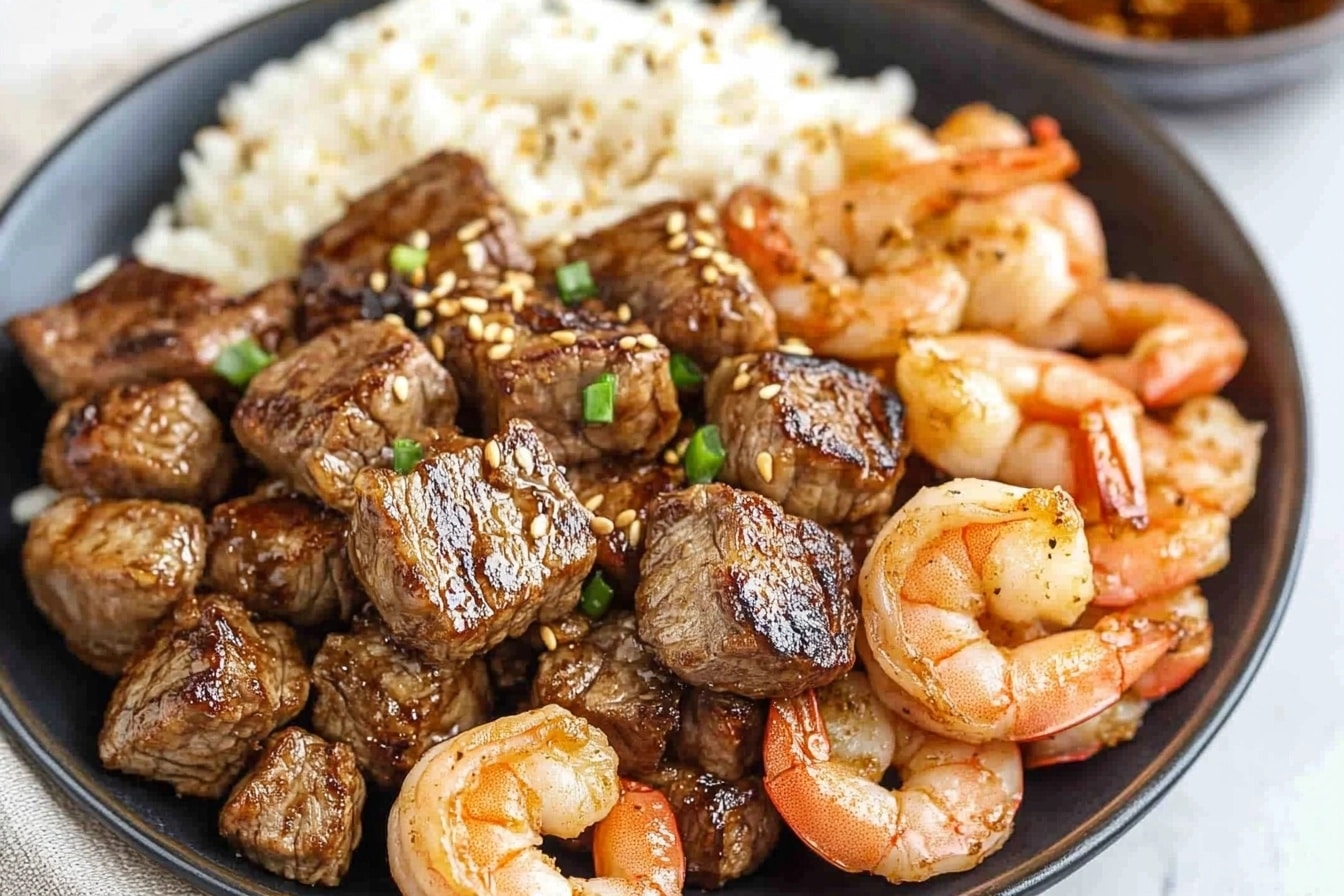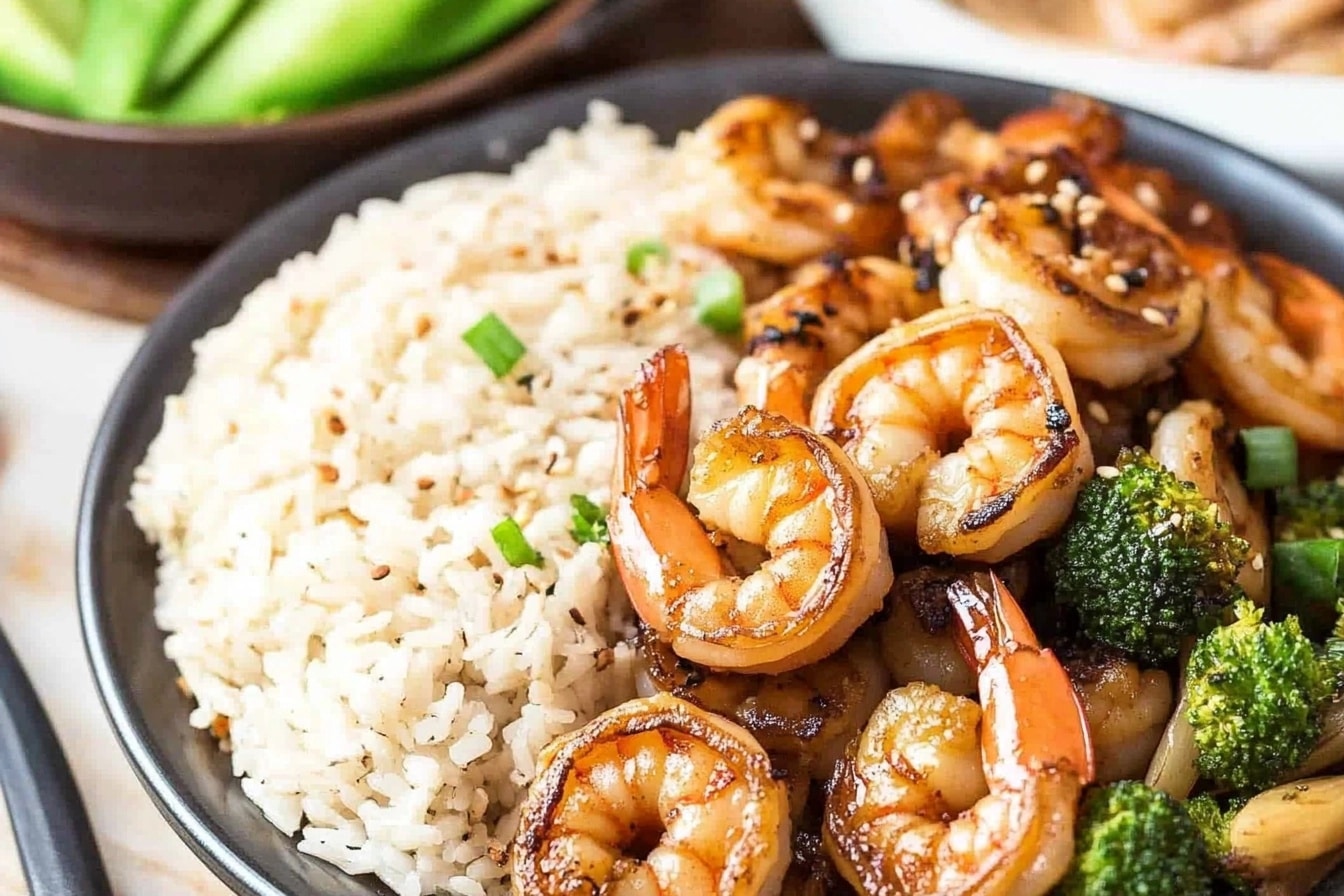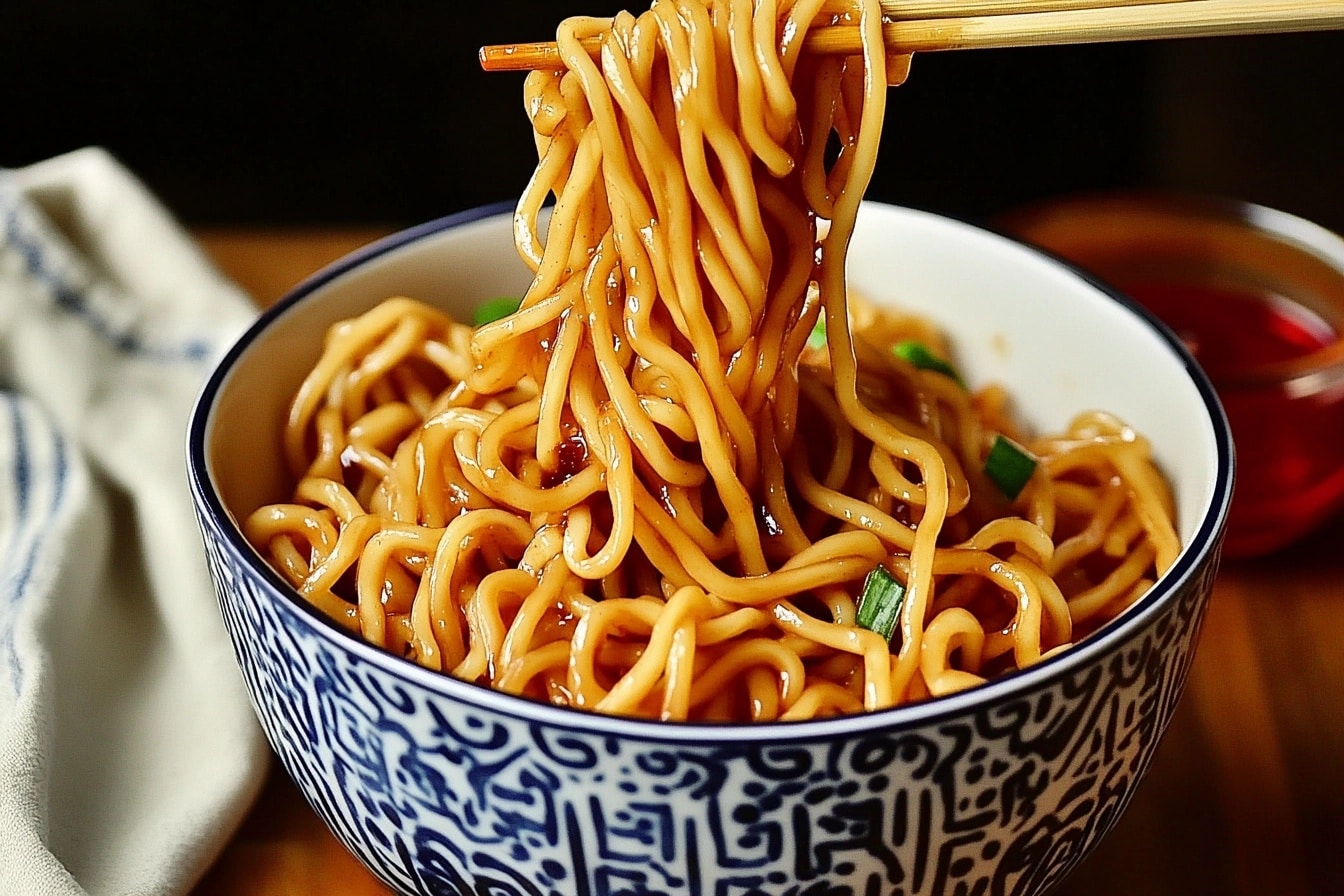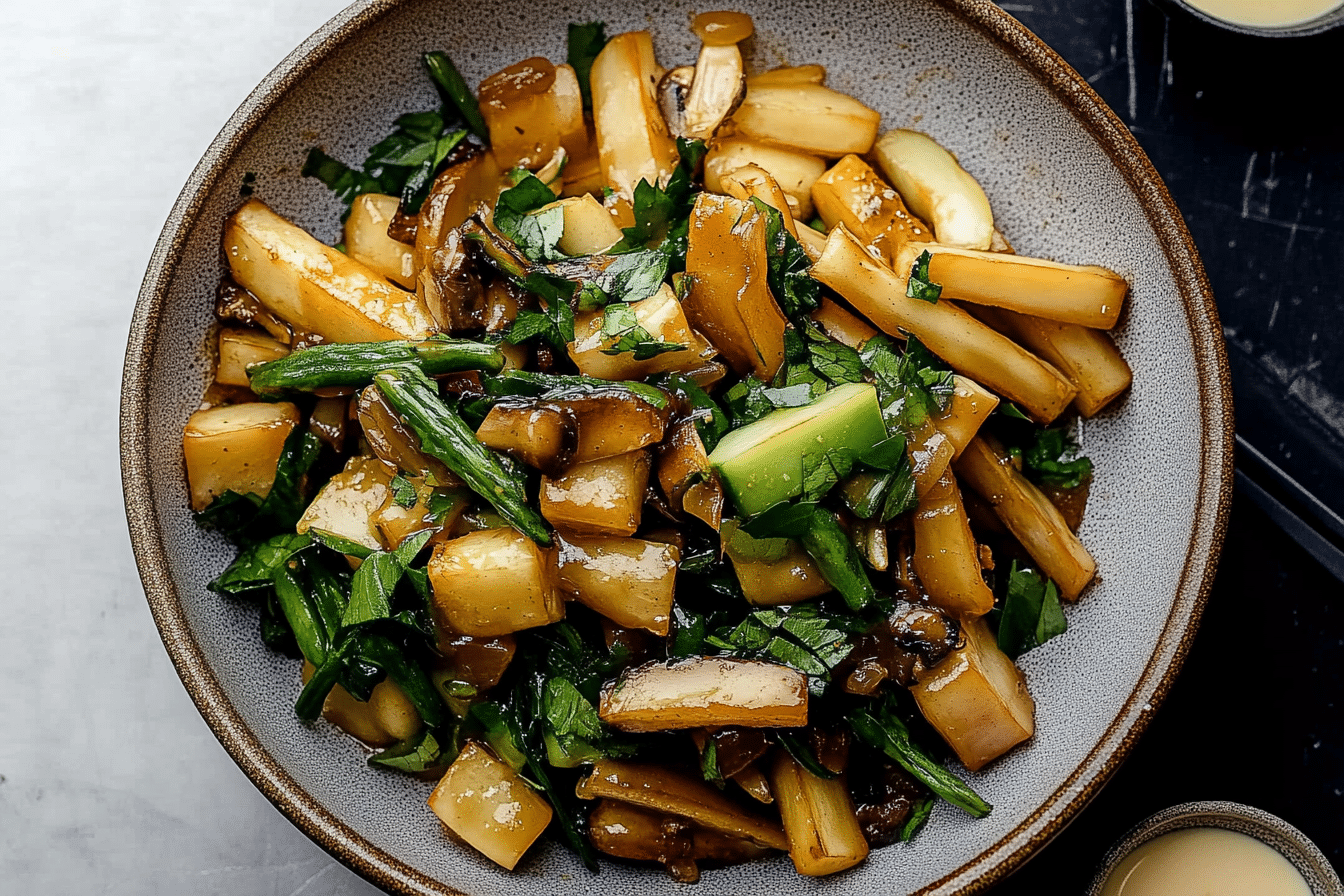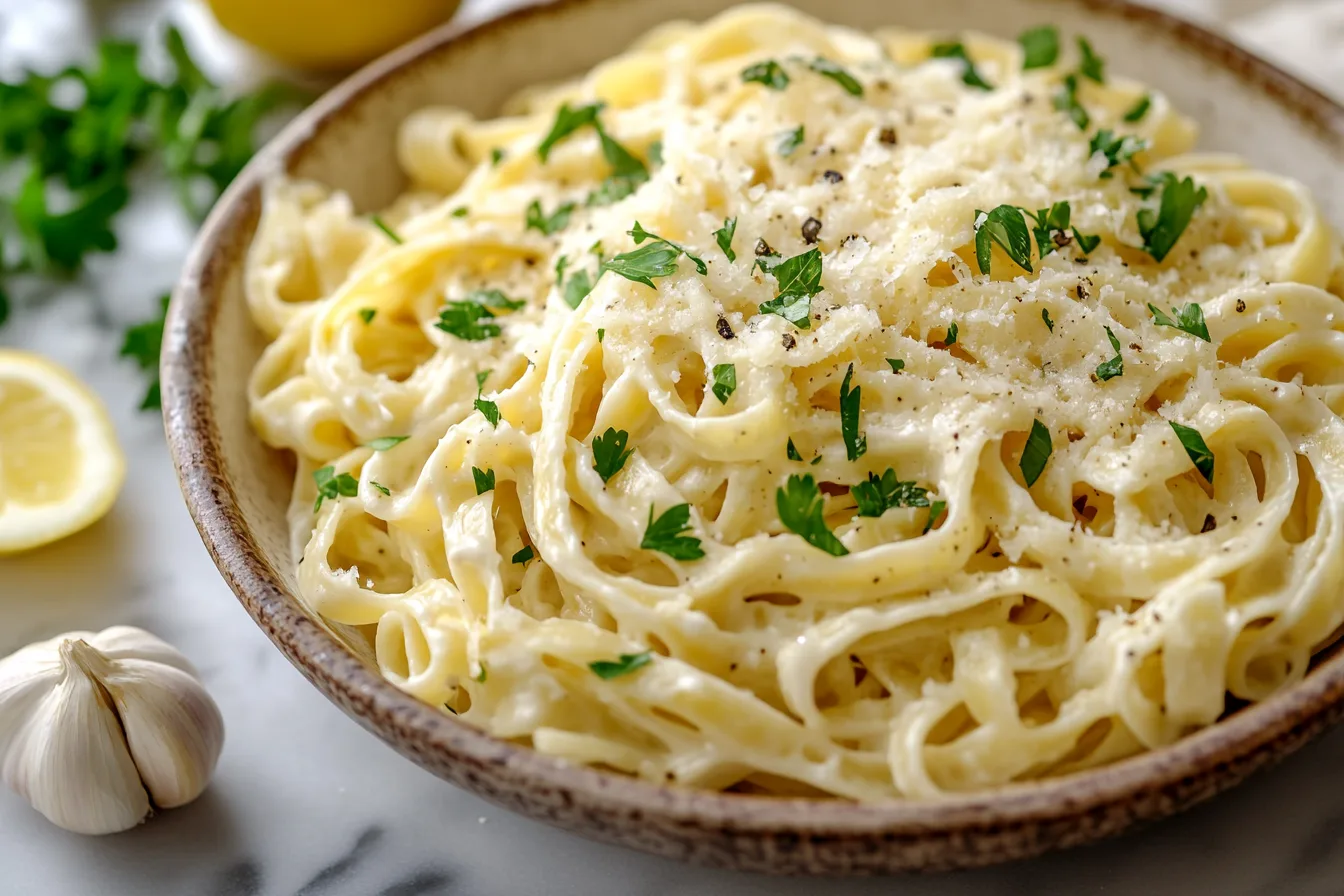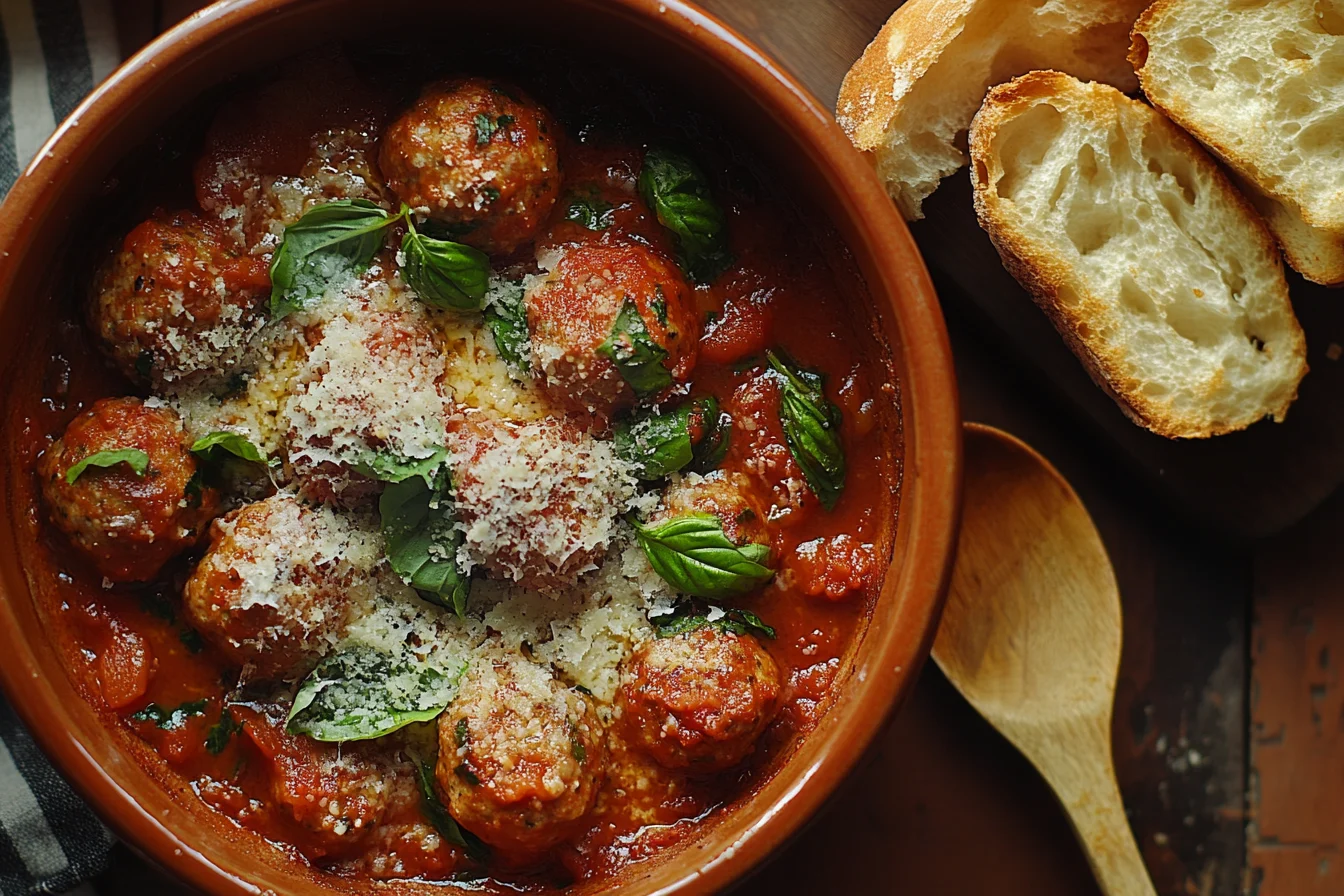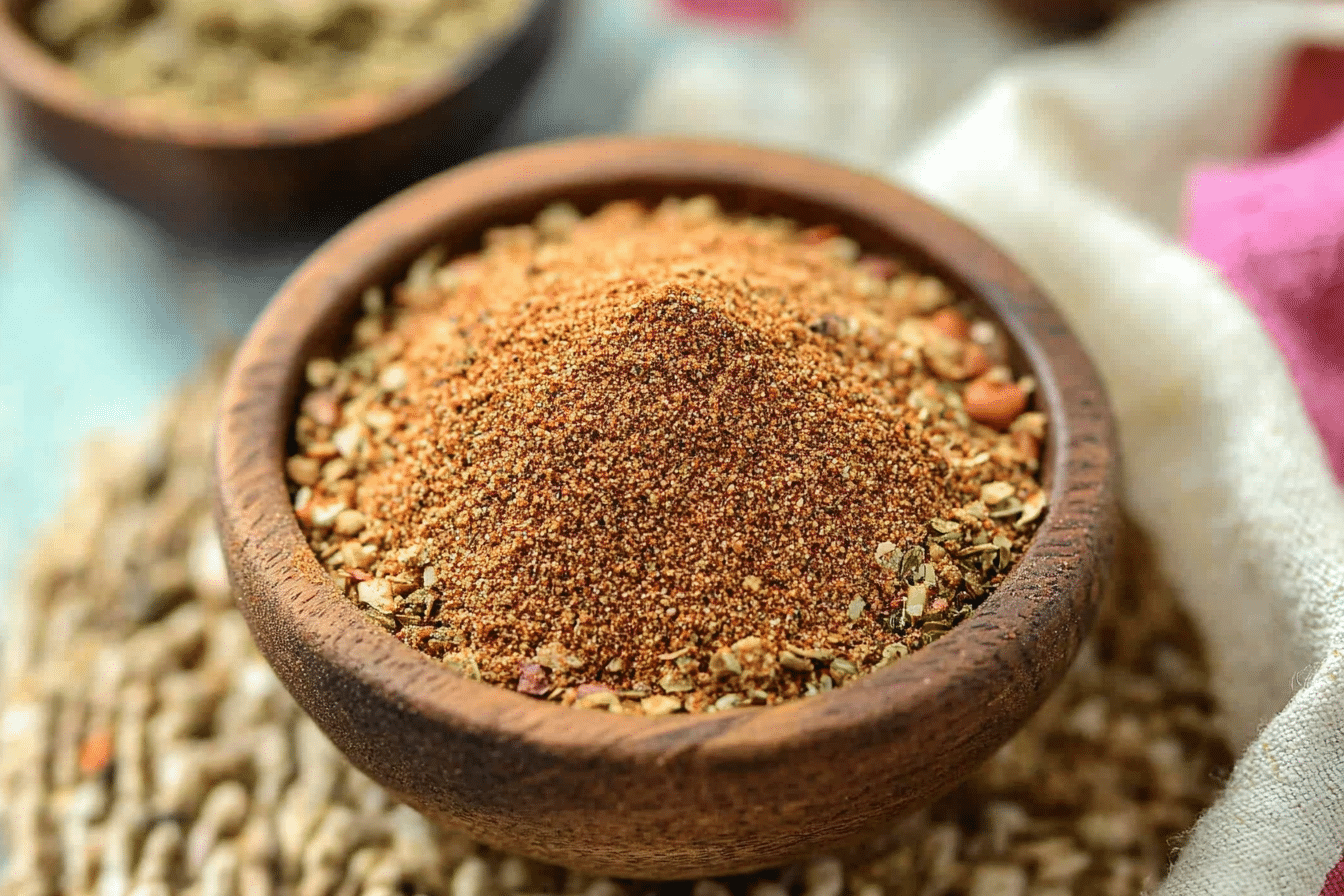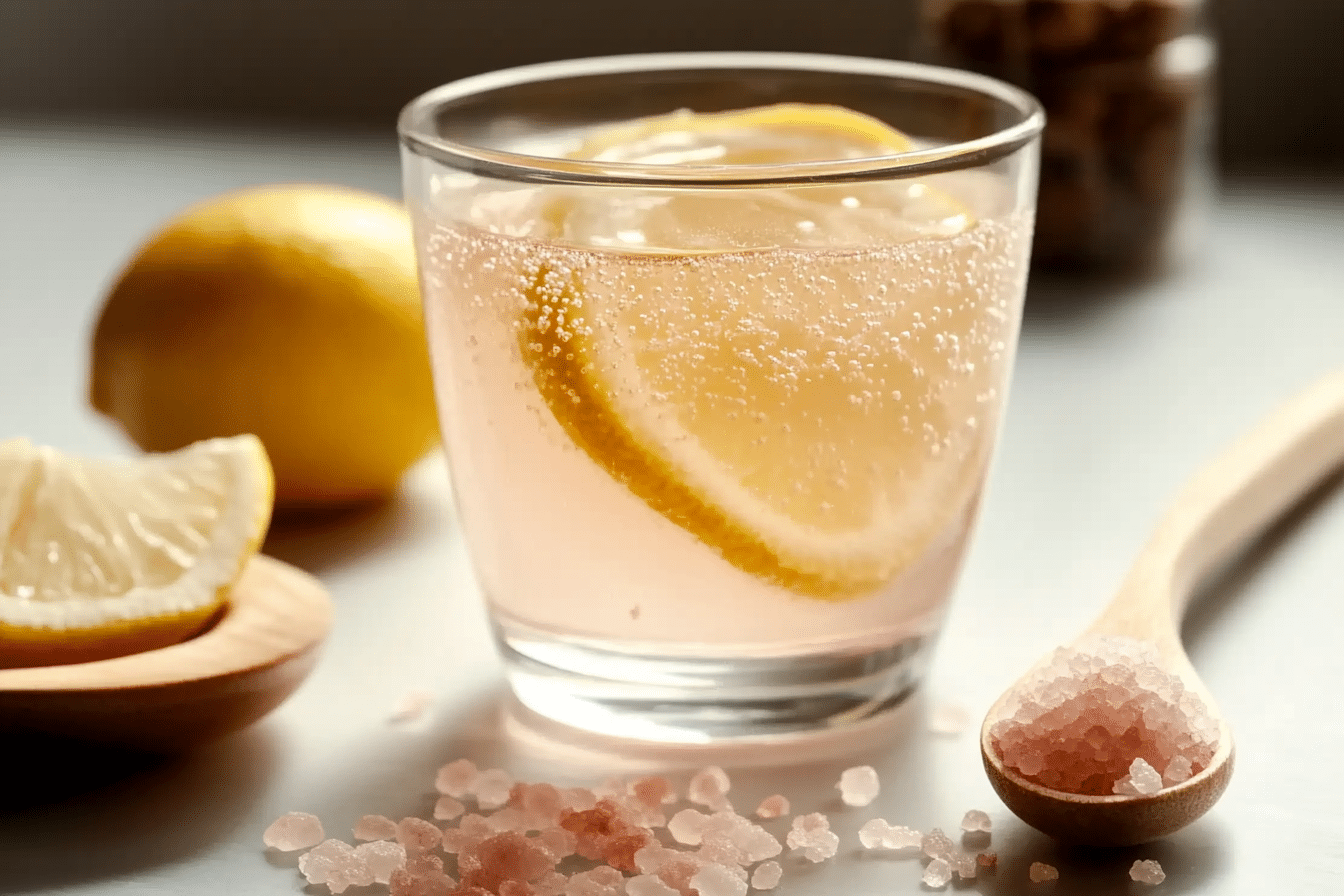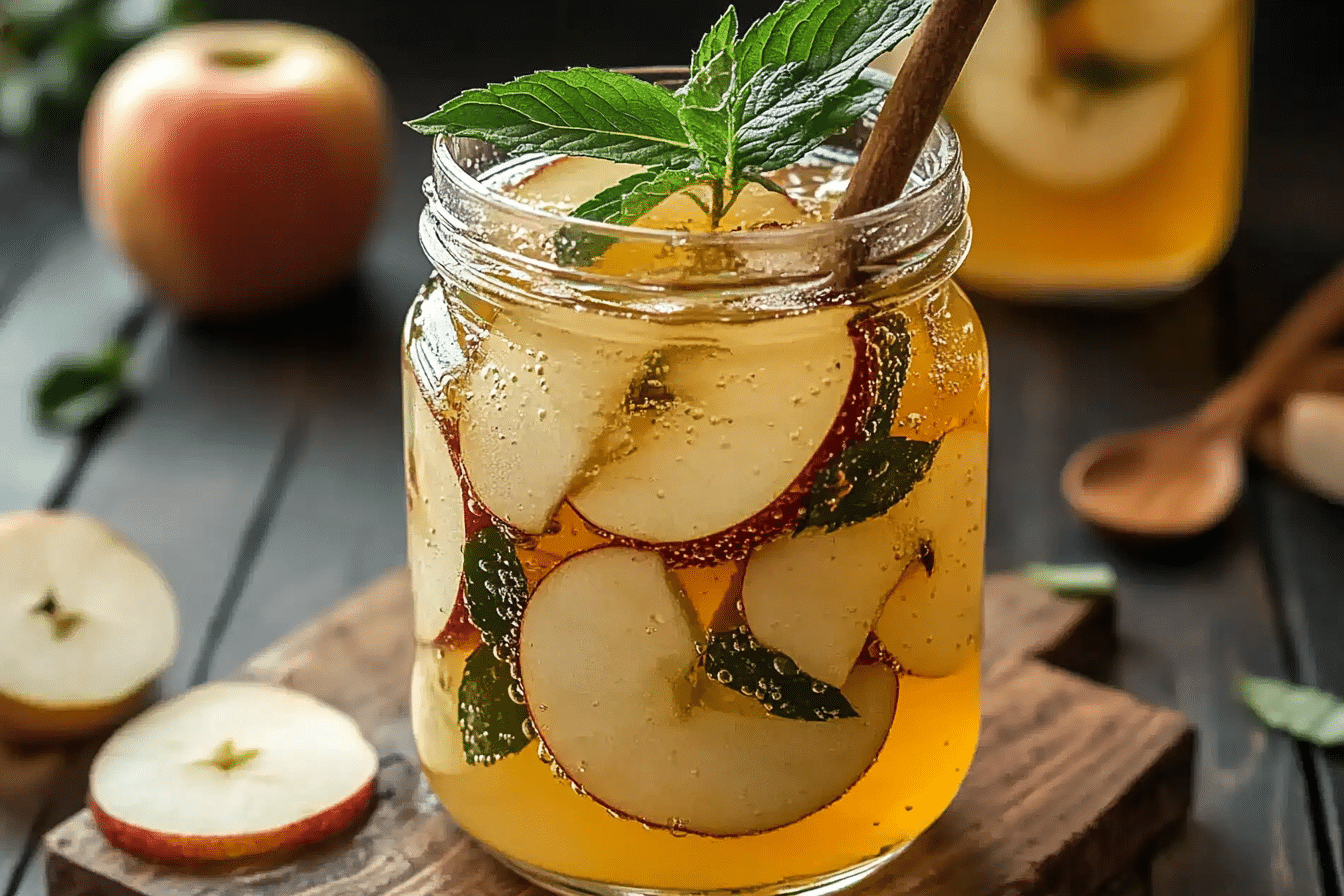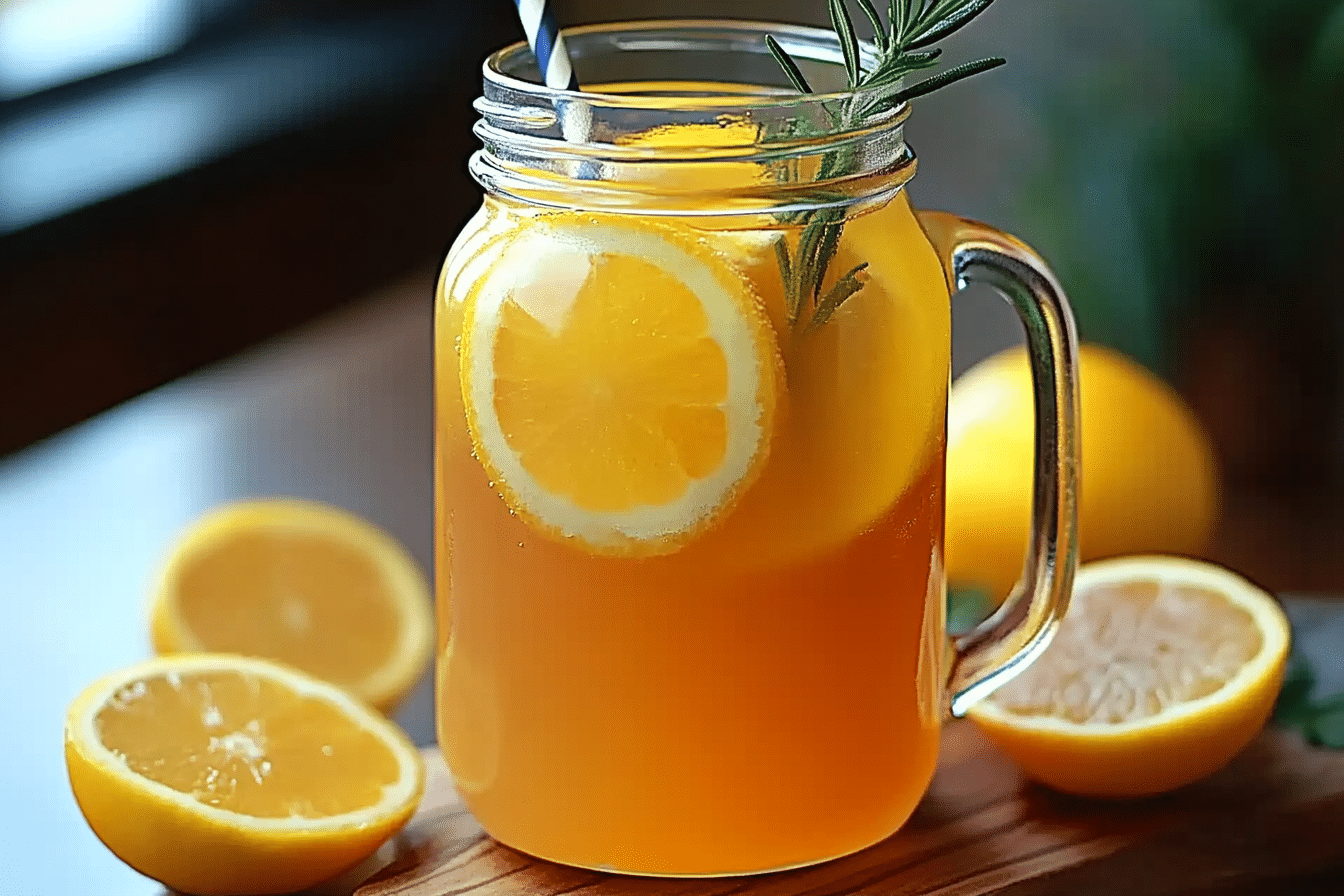Easter is more than a holiday—it’s a celebration of family, traditions, and, most importantly, food! Across the globe, people come together to enjoy Traditional Easter Foods that have been passed down through generations. From golden-baked hot cross buns symbolizing the cross to roasted lamb reflecting renewal and spring, these dishes are steeped in meaning and flavor.
Fun fact: Did you know that dyed eggs were initially part of ancient springtime rituals to symbolize new life? Today, they’re a staple of Easter menus, beautifully accenting tables and inspiring countless recipes like braided sweet breads and creamy deviled eggs.
Whether you’re hosting a holiday dinner, preparing a picnic feast, or discovering new meals, traditional Easter foods give us the perfect reason to gather. They’re rich in cultural significance, bring comfort and nostalgia, and taste downright amazing.
If you’ve loved my Traditional Christmas Dinner Recipes, Easter meals will hit just the right spot, blending simplicity with family-friendly appeal. So why settle for ordinary? Let’s hop (pun intended!) into this flavorful world of Traditional Easter Foods, where every dish tells a story and invites you to create or embrace new traditions.
What is Traditional Easter Foods?
Easter, one of the most widely celebrated holidays globally, brings not just joy and festivities but also mouthwatering traditional dishes. But what makes them so special? From sweet Hot Cross Buns to savory roasted lamb, these foods mark Easter’s spiritual and cultural heritage through delicious flavors.
Why call them “Traditional Easter Foods”? Is it just about the recipes, or the moments they create? Imagine sharing braided Easter bread over laughter-filled brunches or roasting lamb while your family eagerly gathers at the table. It’s food that unites us!
As the saying goes, “The way to the heart is through the stomach,” and Easter dishes truly embrace this notion. Whether you love sweet, savory, or a bit of both, these foods are a must-try for anyone looking to honor the season in the most delicious way possible. Ready to celebrate with unforgettable dishes? Let’s dive in!
Why You’ll Love Traditional Easter Foods
1. Celebrating Culture & Meaning
Traditional Easter Foods represent far more than their ingredients—they tell stories that have traveled across centuries. For instance, hot cross buns aren’t simply sweet rolls but reflect Christian symbolism. Meanwhile, lamb, a staple in the Easter feast, connects deeply with spring renewal and religious traditions. Incorporating these into your Easter meal isn’t just delicious; it’s a meaningful way to connect with the season’s spirit.
2. Homemade Meals with Family
Making these dishes at home is a cost-effective and meaningful way to bond with loved ones. Instead of buying pre-packaged foods, why not learn to bake your own fragrant Easter breads, stuff perfectly seasoned deviled eggs, or roast tender lamb? Not only is it lighter on the wallet, but also your entire kitchen will smell like a holiday celebration!
3. A Beautiful Spread Full of Flavors
Nothing brightens your Easter table like a mix of sweet chocolate eggs, fluffy sweet rolls, and richly seasoned entrees like honey-glazed ham or lamb seasoned with fresh herbs. Every bite offers a chance to appreciate cultural diversity and culinary creativity.
If you’ve already loved my Traditional Thanksgiving Dishes, you’ll enjoy how these Easter foods are simplified yet rich in bold flavors and presentation. Whether you’re hosting brunch, lunch, or dinner, these recipes will add magic to your celebration.
How to Make Traditional Easter Foods
Quick Overview
Making traditional Easter foods may sound complex, but many of the beloved dishes are easy enough for beginner cooks. Most recipes focus on simple ingredients, rely on time-tested techniques, and come together with ease. Best of all, these meals can be made ahead so you can enjoy Easter stress-free! Let’s walk through how to prepare a few beloved Easter dishes.
Key Ingredients for Traditional Easter Foods
Here’s what you’ll need to craft a simple yet savory Easter spread:
For Hot Cross Buns:
- 3 ½ cups all-purpose flour
- ½ cup granulated sugar
- 1 ½ tsp ground cinnamon
- 2 ¼ tsp (1 packet) instant yeast
- ¾ cup whole milk (warm)
- ¼ cup unsalted butter (melted)
- 1 egg
- ½ cup raisins
- ½ tsp vanilla extract
For Roasted Lamb:
- 1 leg of lamb (5-6 lbs)
- 6 cloves garlic (minced)
- 2 sprigs of rosemary
- 3 tbsp olive oil
- Salt and freshly cracked black pepper
For Deviled Eggs:
- 6 large boiled eggs
- 2 tbsp mayonnaise
- 1 tsp Dijon mustard
- Salt, pepper, and paprika (for garnish)
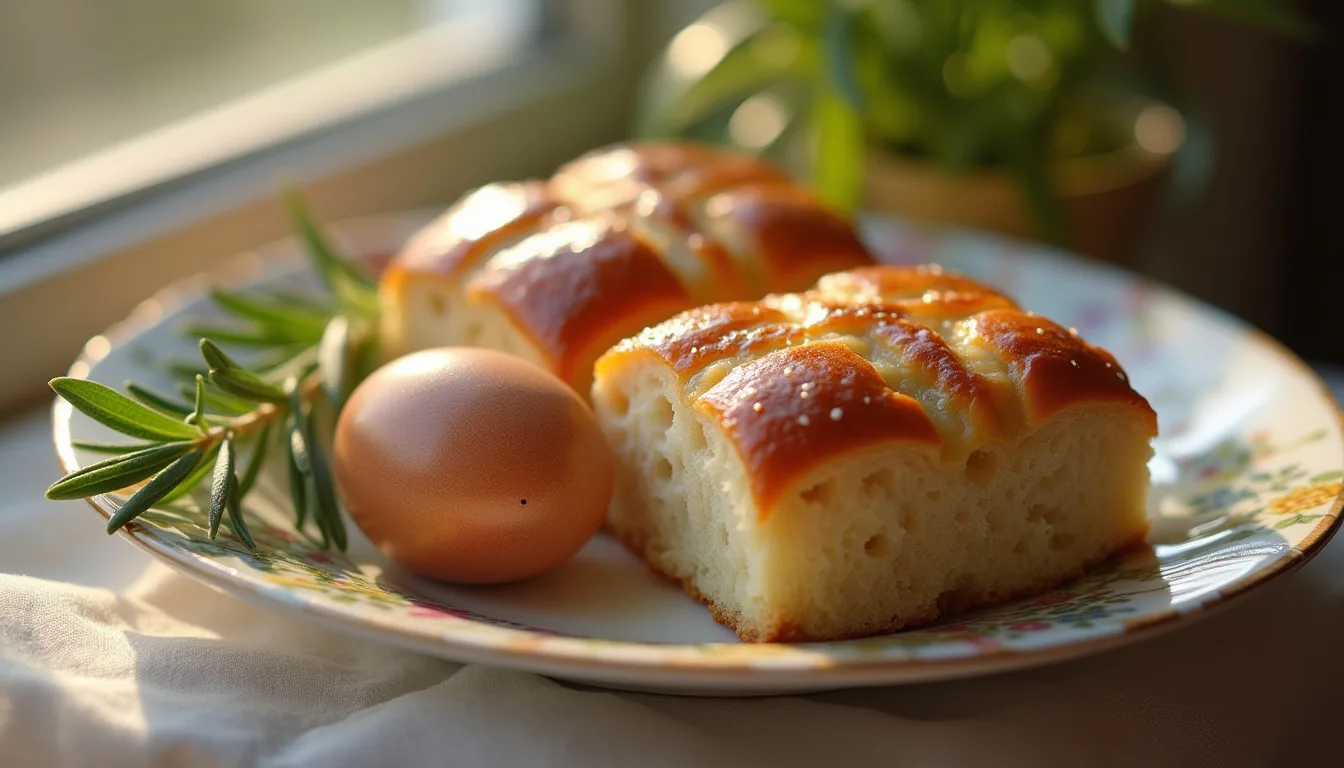
Step-by-Step Instructions
1. Make the Hot Cross Buns
- Combine the flour, sugar, cinnamon, yeast, and raisins in a bowl. Add warm milk, melted butter, and egg to form a soft dough.
- Knead for 8-10 minutes and let rise until doubled in size. Shape into rolls, pipe the cross with icing, and bake until golden brown.
2. Roast the Lamb
- Preheat your oven to 375°F. Rub minced garlic, rosemary, olive oil, salt, and pepper all over the lamb.
- Roast for 1 ½ to 2 hours, until internal temperature reaches 135°F (medium-rare). Rest before slicing.
3. Prepare Deviled Eggs
- Halve boiled eggs and scoop out the yolks. Mix yolks with mayo, mustard, salt, and pepper. Pipe back into the whites and finish with paprika.
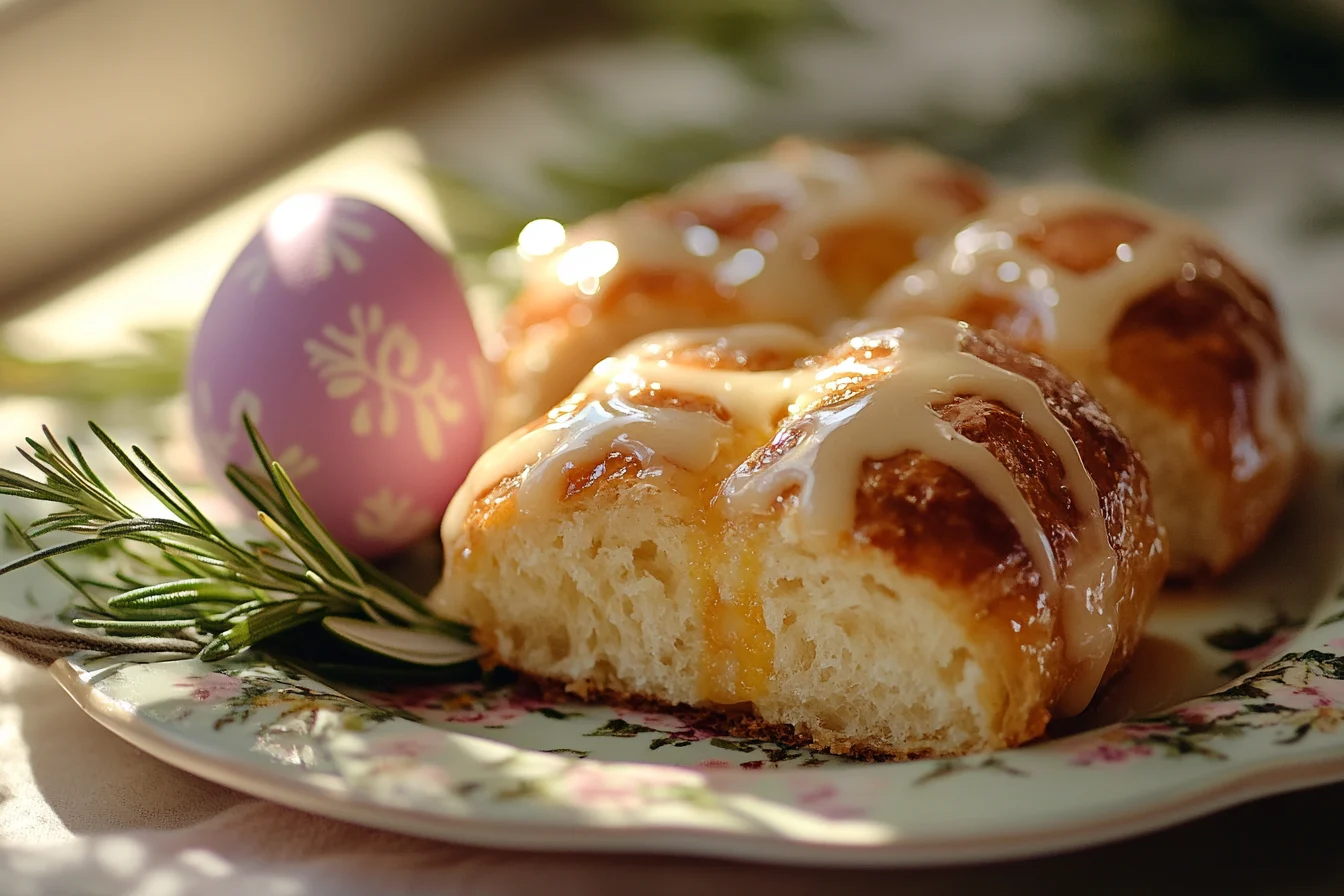
What to Serve Traditional Easter Foods With
Pairing these dishes creates a complete Easter celebration:
- Sides: Garlic-herb roasted carrots, scalloped potatoes, or steamed asparagus complement roasted lamb beautifully.
- Fresh Bread: Include braided Easter bread or classic dinner rolls for soaking up flavors.
- Drinks: Freshly squeezed lemonade, sweet iced tea, or sparkling wine work wonderfully with Easter meals.
Sweeten the feast with chocolate nests or carrot cake for dessert—perfect to end on a sweet note.
Top Tips for Perfecting Traditional Easter Foods
- Plan Ahead: Prep baked goods and sides a day or two before the holiday to save time.
- Embrace Spring Ingredients: Freshly harvested herbs and veggies reflect the essence of the season.
- Don’t Skip the Resting Time: Roasted meats stay juicier when rested before cutting.
- Decorate Your Table: Your food also serves as décor—think colorful eggs and breads as centerpieces.
Storing and Reheating Tips
- Hot Cross Buns: Store in an airtight container for up to 3 days or freeze for 1 month. Reheat in the oven for 5 minutes.
- Roasted Lamb: Refrigerate leftovers for up to 3 days. Reheat in foil at 300°F for tender results.
- Deviled Eggs: Consume within 1-2 days for freshness; keep refrigerated in airtight containers.
FAQs About Traditional Easter Foods
1. What’s the story behind Hot Cross Buns?
These buns originated in England to symbolize the crucifixion of Christ with their iconic cross shape. They’re meant to bring blessings to households during Easter.
2. Why is lamb common for Easter?
Lamb signifies spring and renewal and has spiritual significance in many religious traditions, making it a popular Easter meal.
3. Can I substitute chicken for lamb?
Of course! Roasted chicken or turkey are lighter alternatives but just as delicious for Easter meals.
4. How do I dye eggs naturally?
Use simple ingredients like onion skins, beet juice, or turmeric for vibrant, chemical-free egg dyes.
5. What are common Easter desserts?
Desserts like carrot cake, chocolate eggs, and sweet bread with dried fruits are crowd favorites for Easter celebrations.
6. Can I prepare Easter foods ahead?
Yes! Hot cross buns can be baked a day ahead, and lamb can be marinated the night before for maximum flavor.
Final Thoughts
Easter is a time of joy, family, and traditions, and nothing truly brings people together like Traditional Easter Foods. These classic recipes are more than just meals—they’re a celebration of culture, history, and, most importantly, delicious flavors. From savory roasted meats to sweet, pillowy buns, there’s something for everyone at the table.
I’d love to hear about your Easter favorites and how they turned out! Planning ahead? Check out my Spring Celebration Recipes for even more ideas to elevate your holiday spread.
Happy Easter and happy eating! 🐣🍴

